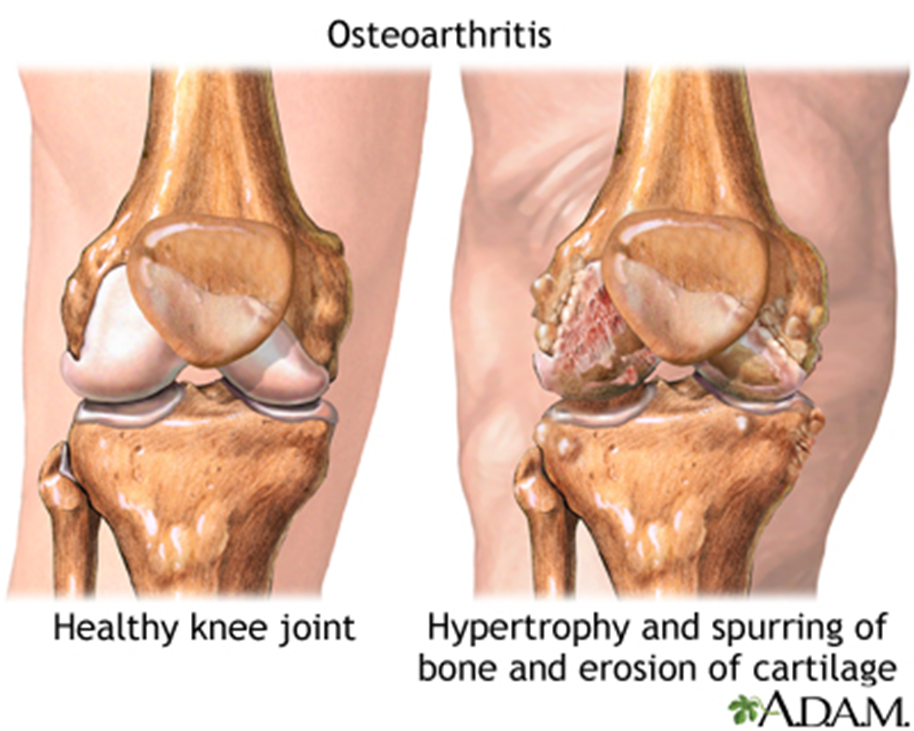The nurse is caring for an older adult client with a history of osteoarthritis who is having difficulty walking due to increased right knee pain. To assess the quality of the client's knee pain, which approach should the nurse use?
Ask the client to describe the pain.
Observe body language and movement.
Identify effective pain relief measures.
Provide a numeric pain scale.
The Correct Answer is A
Choice A reason: Asking the client to describe the pain is essential as it provides subjective information about the pain's quality, intensity, and impact on daily activities, which is crucial for assessing osteoarthritis pain.
Choice B reason: Observing body language and movement can offer insights into the pain's impact on function, but it does not replace the client's verbal description of the pain experience.
Choice C reason: Identifying effective pain relief measures is part of managing osteoarthritis but does not directly assess the quality of the client's knee pain.
Choice D reason: Providing a numeric pain scale is a method to quantify pain intensity but may not fully capture the quality or characteristics of the pain.

Nursing Test Bank
Naxlex Comprehensive Predictor Exams
Related Questions
Correct Answer is B
Explanation
Choice A reason: While the fall is important, it is not the most immediate concern for the healthcare provider in the context of SBAR communication.
Choice B reason: Increasing confusion can indicate a change in the client's condition and may require immediate intervention, making it the priority in SBAR communication.
Choice C reason: The client's healthcare power of attorney is important for legal and consent purposes but is not the first piece of information to provide in an SBAR report.
Choice D reason: Currently prescribed medications are part of the background information and would follow after the immediate situation has been described.
Correct Answer is B
Explanation
Choice A reason: While nutrition is important, a high-protein diet is not specific to the management of heart failure.
Choice B reason: Weighing every morning allows for monitoring of fluid retention, which is a key aspect of managing heart failure.
Choice C reason: Range of motion exercises are good for overall health but are not specific to heart failure management.
Choice D reason: Limiting fluid intake is important, but it is more critical to monitor weight daily to detect fluid retention early.
Whether you are a student looking to ace your exams or a practicing nurse seeking to enhance your expertise , our nursing education contents will empower you with the confidence and competence to make a difference in the lives of patients and become a respected leader in the healthcare field.
Visit Naxlex, invest in your future and unlock endless possibilities with our unparalleled nursing education contents today
Report Wrong Answer on the Current Question
Do you disagree with the answer? If yes, what is your expected answer? Explain.
Kindly be descriptive with the issue you are facing.
